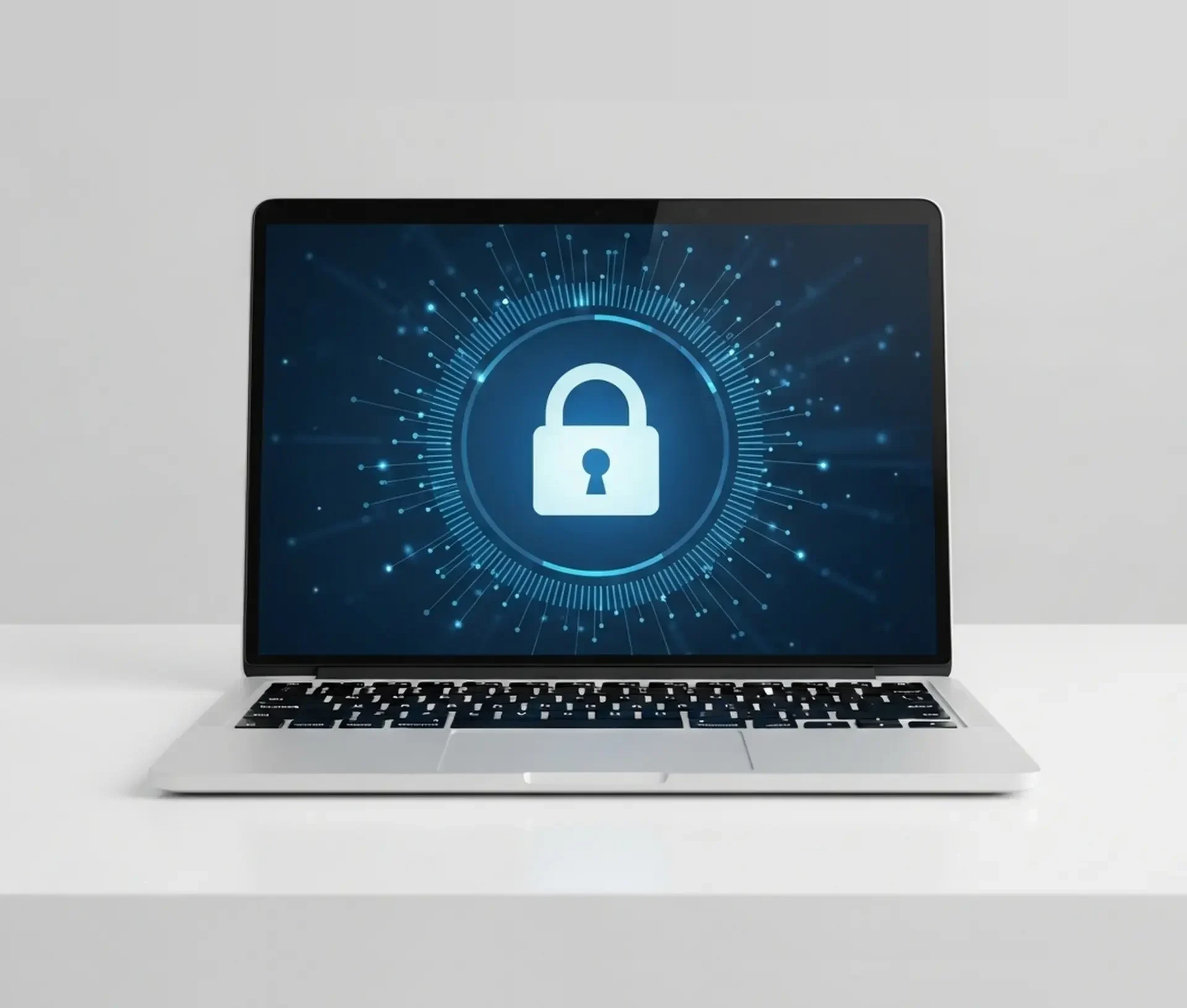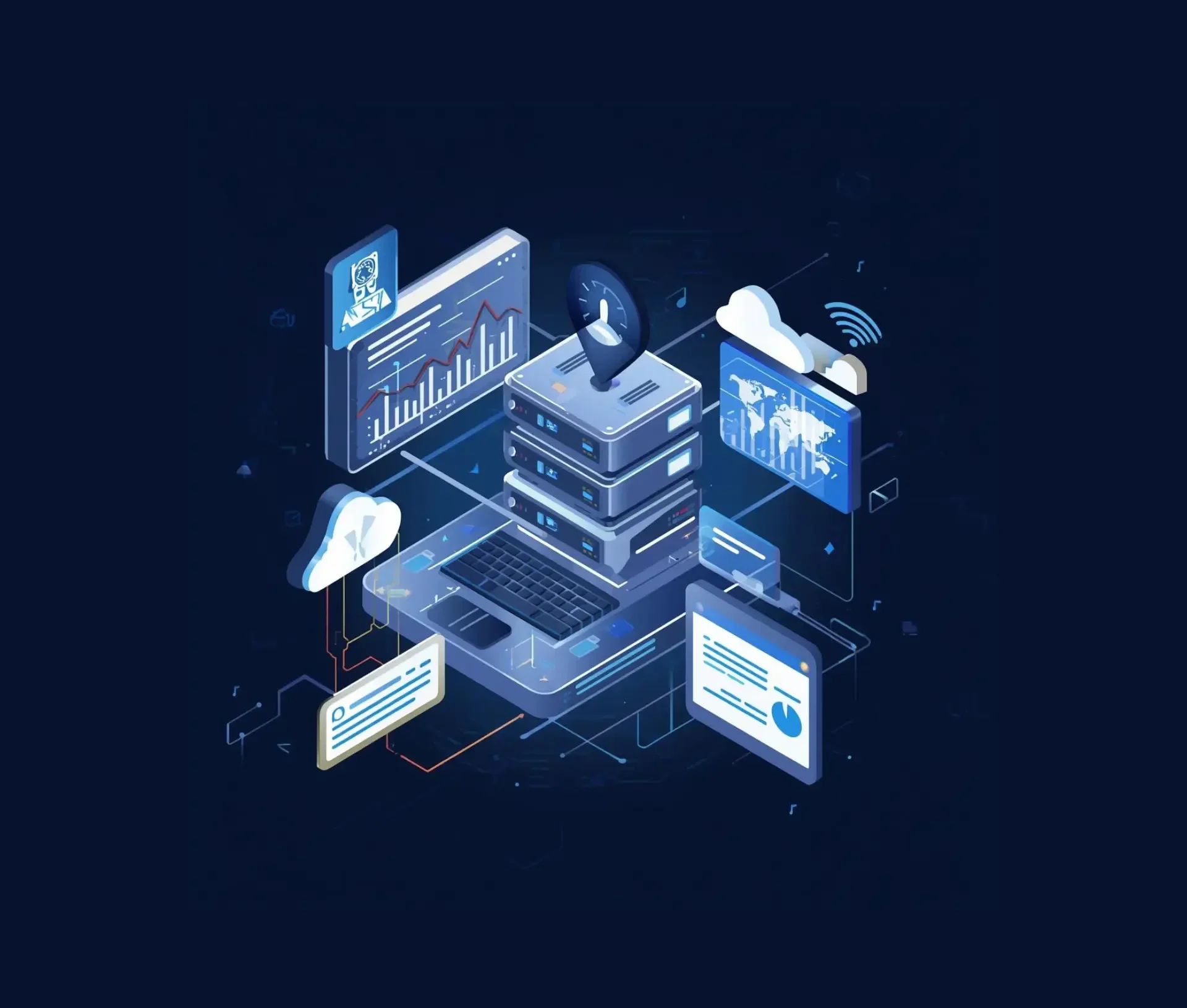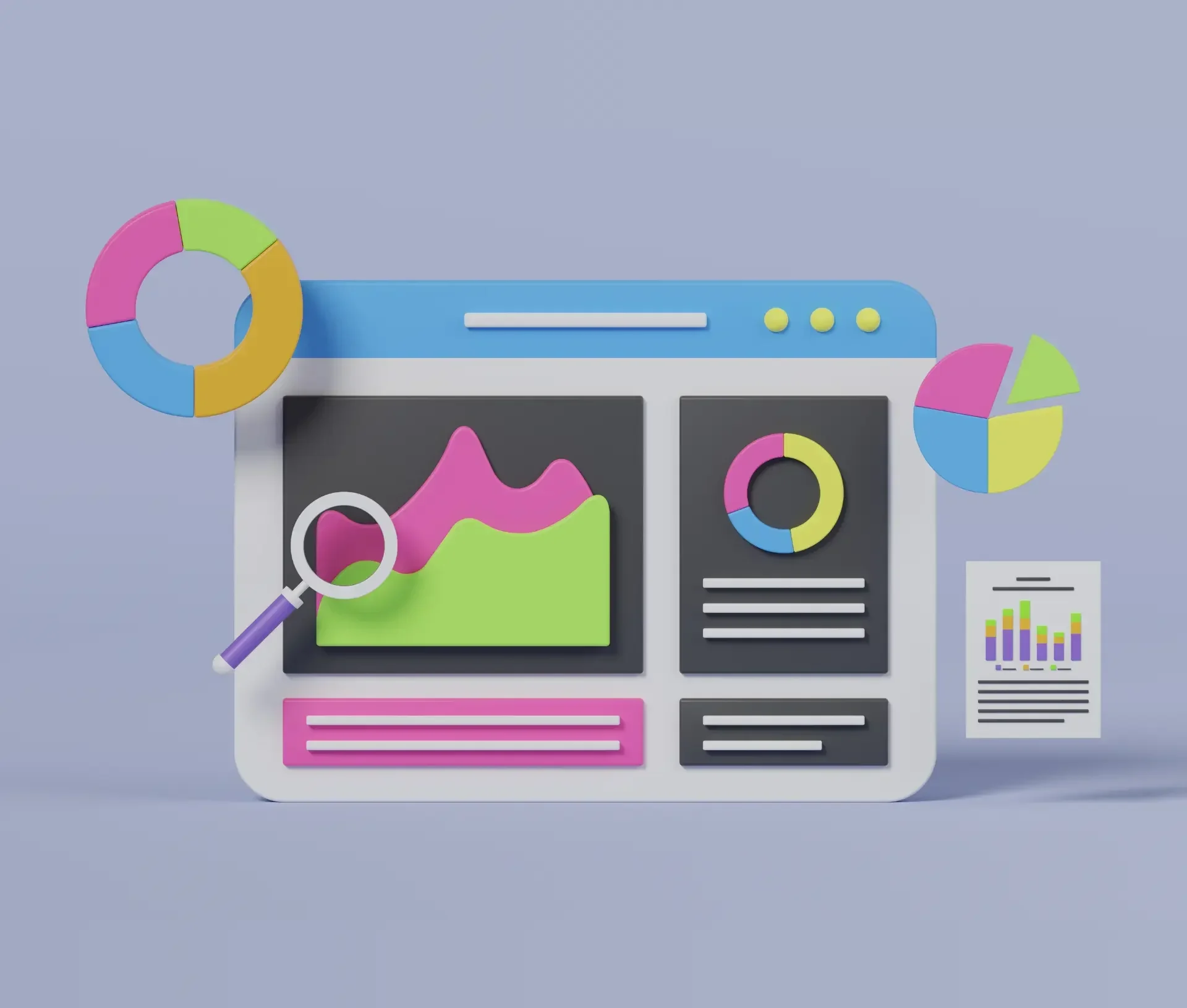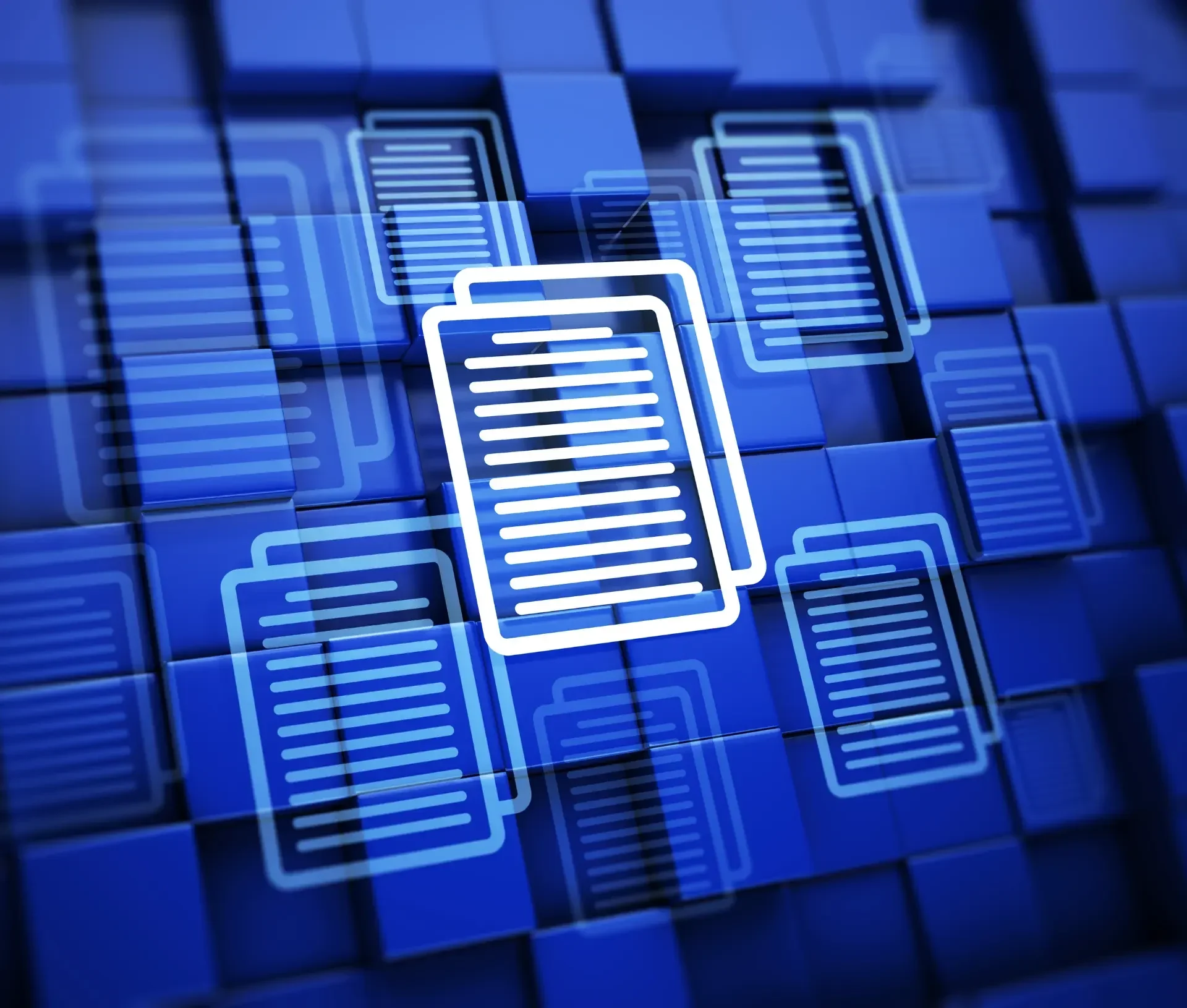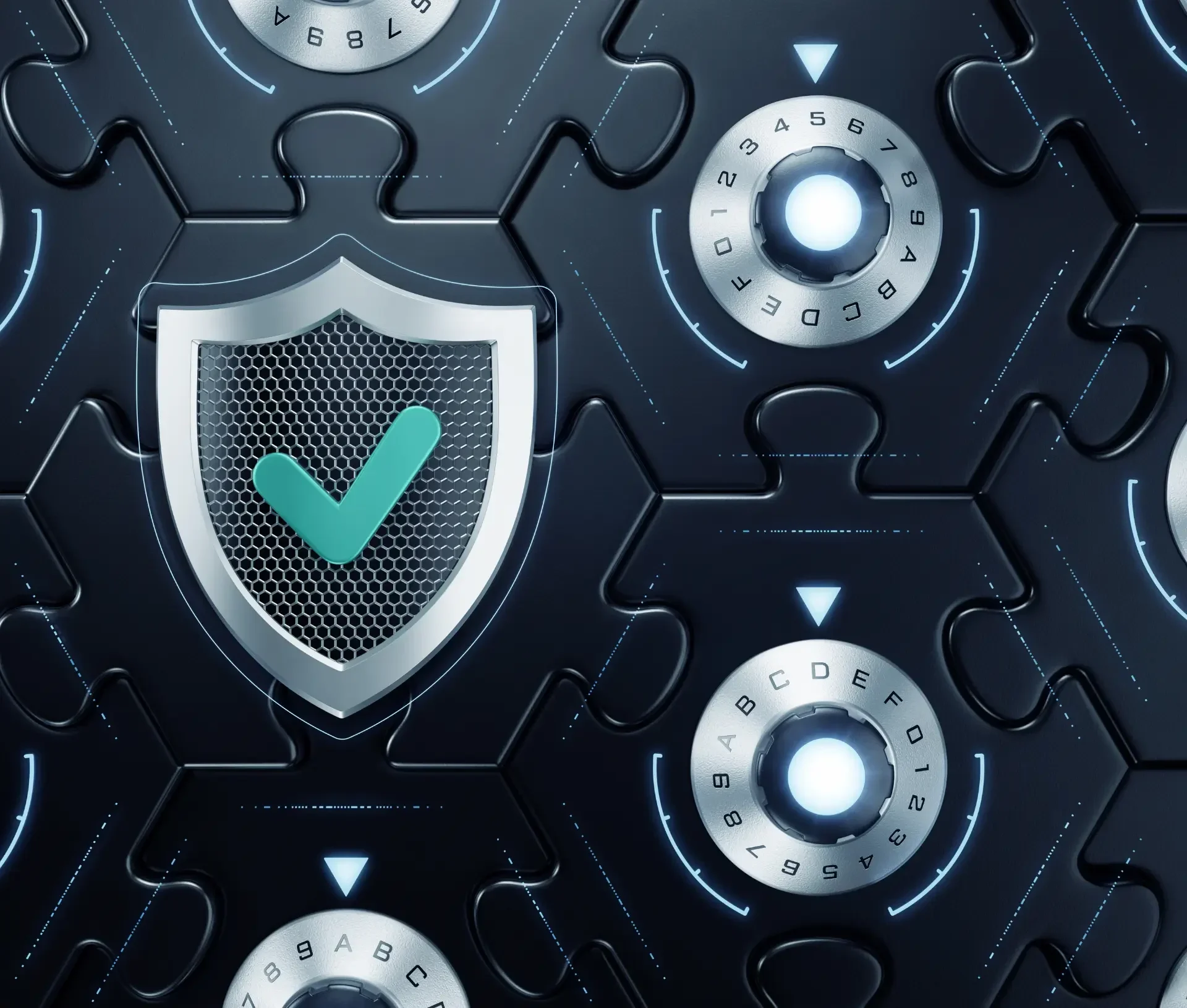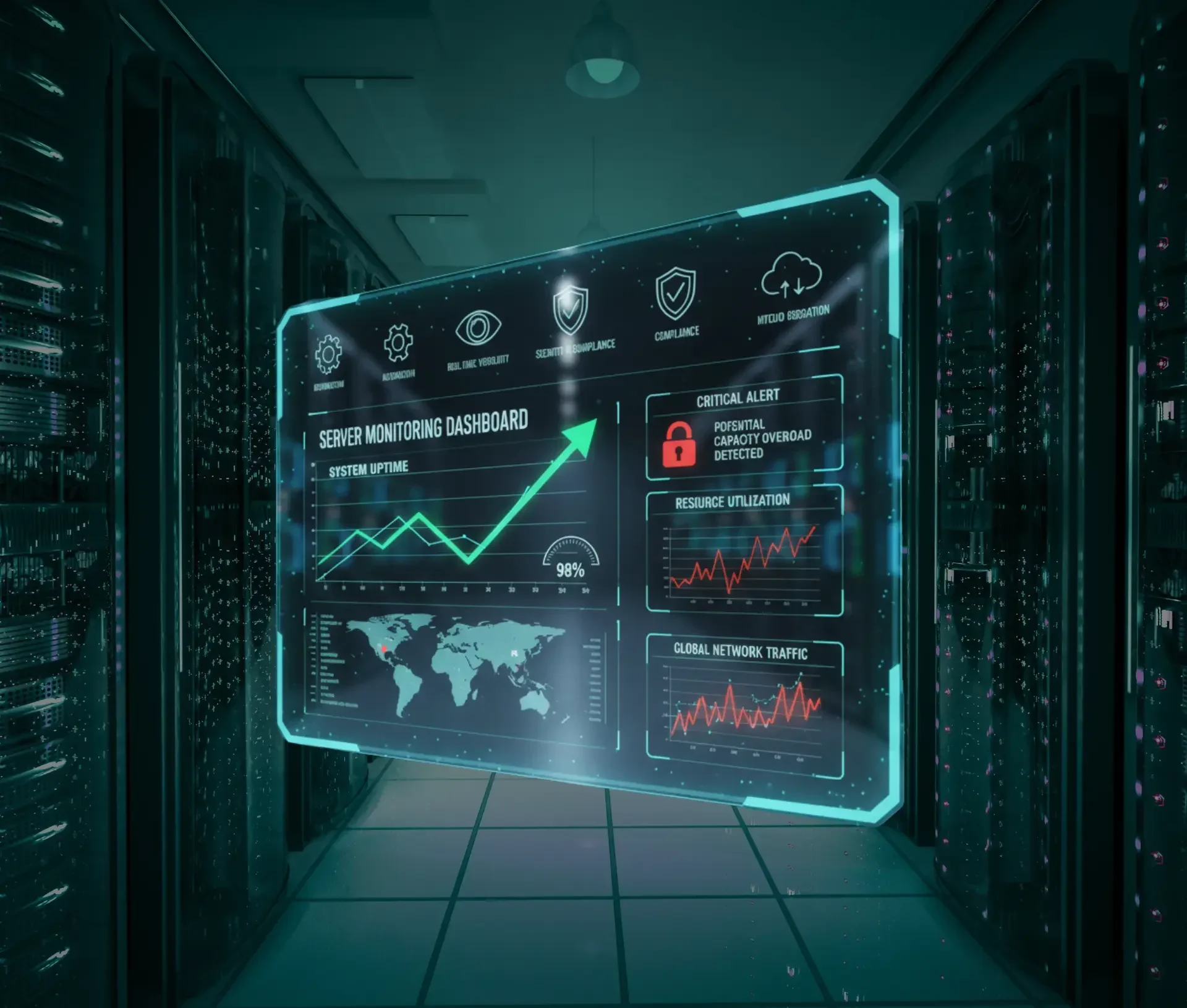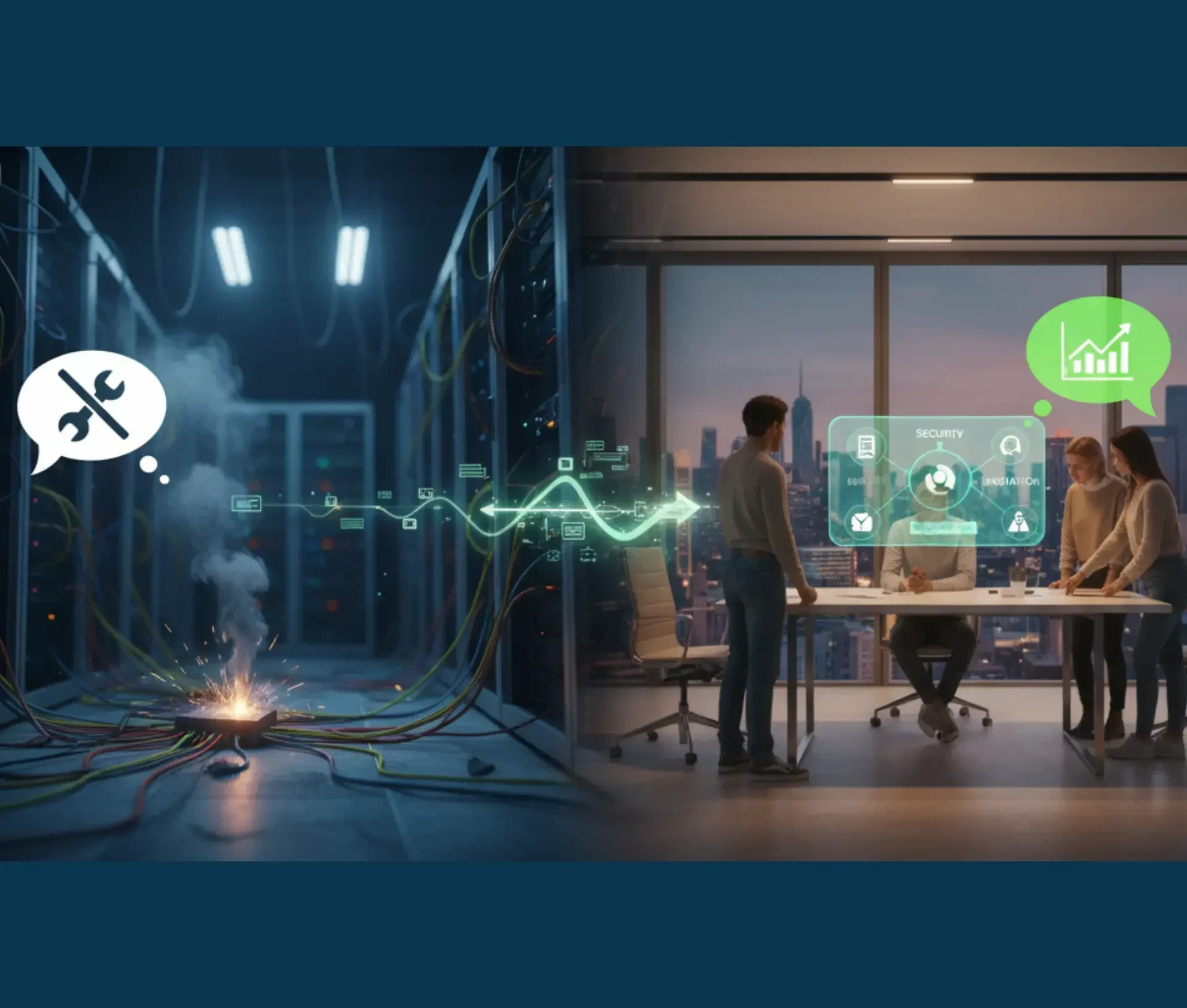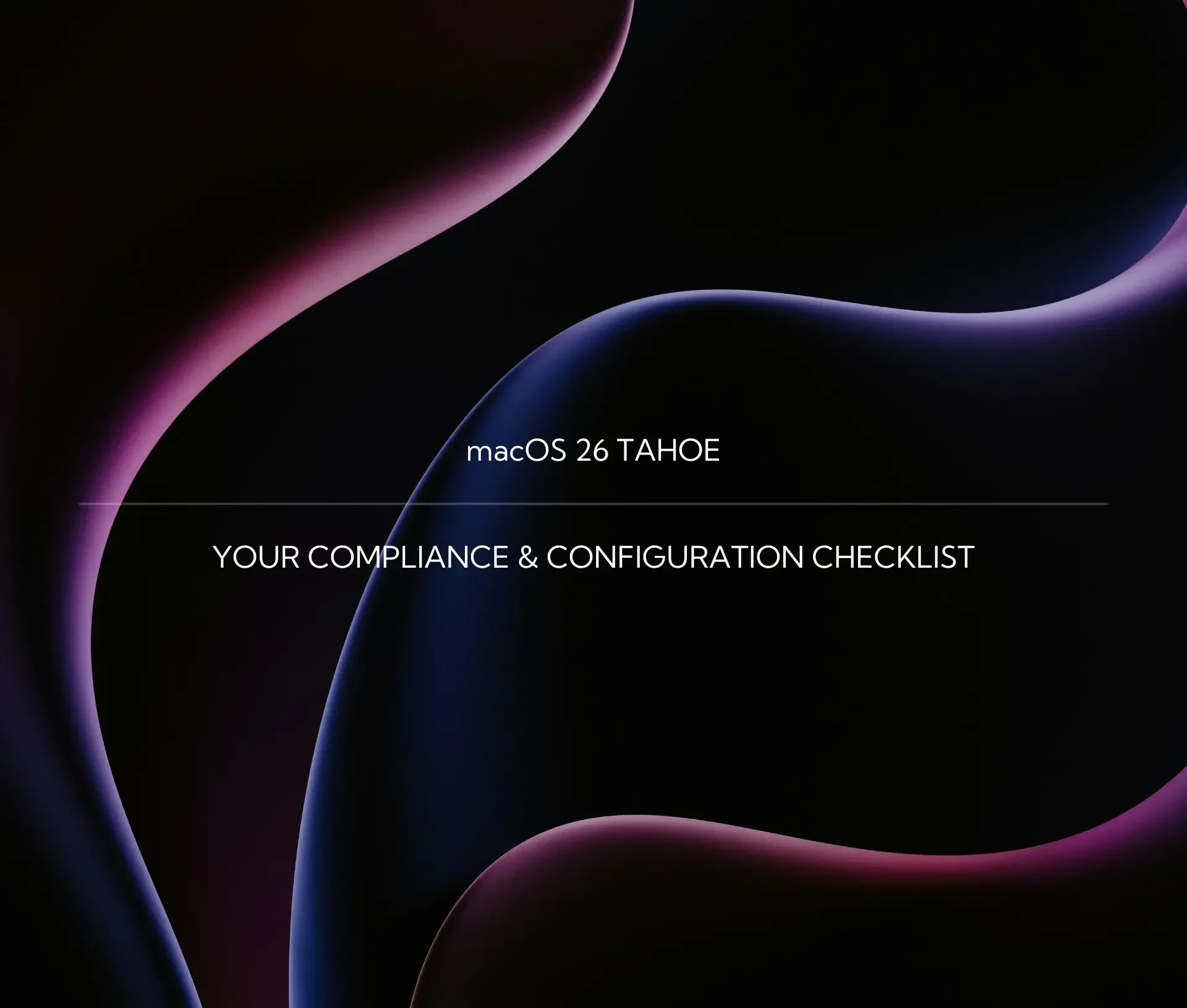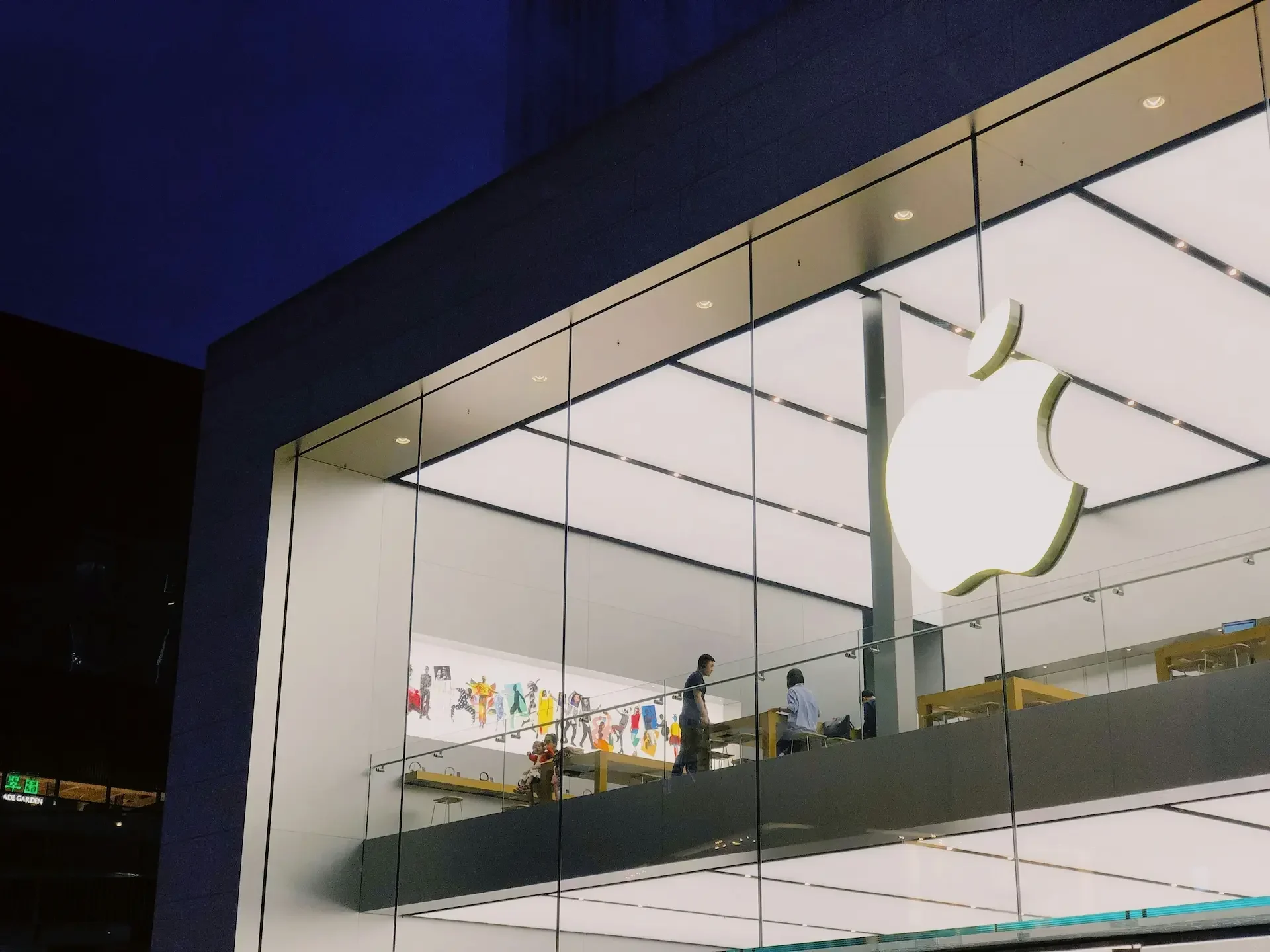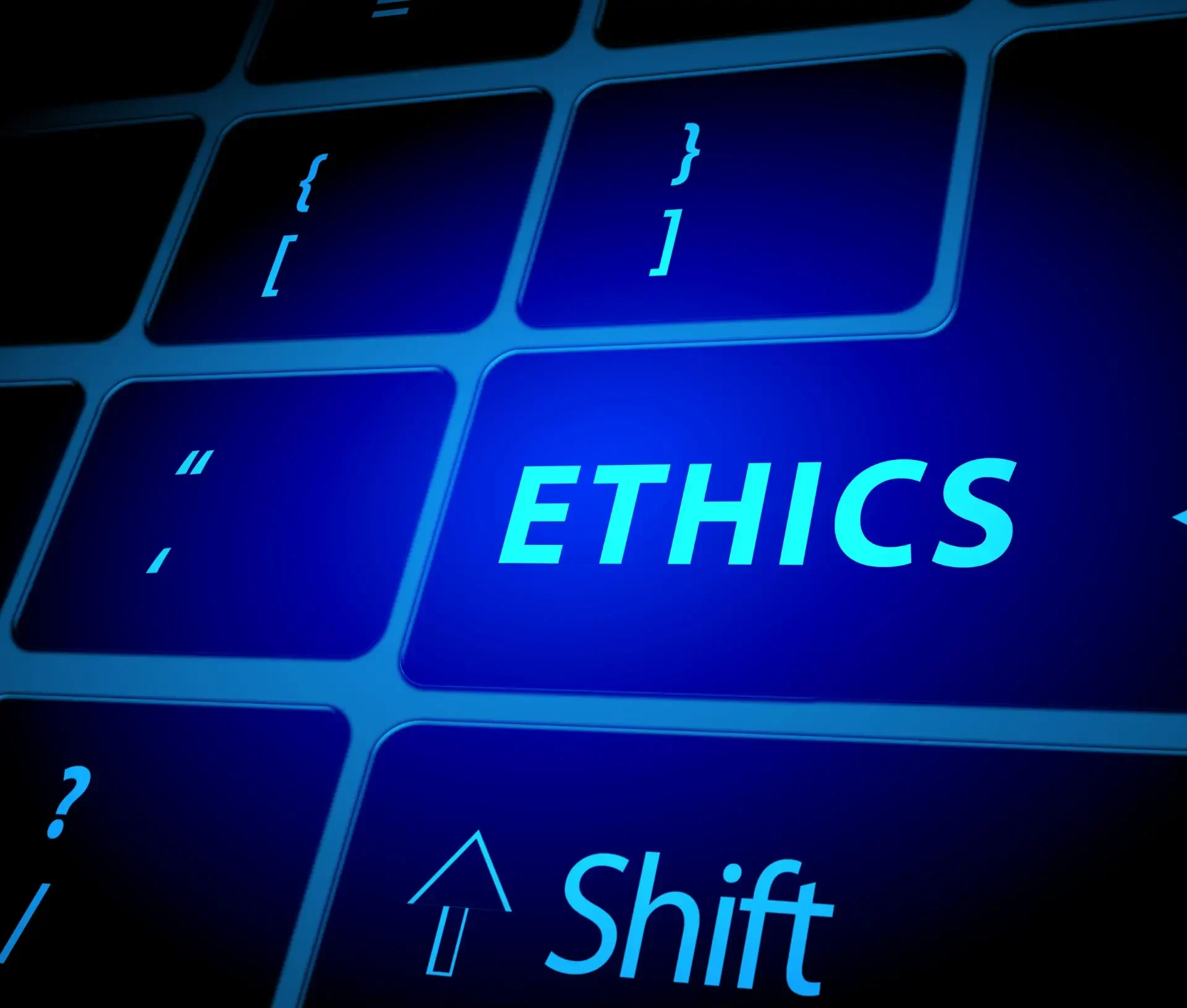For many established businesses, the greatest drag on growth isn’t a lack of ideas; it’s the legacy load of outdated core business systems. These ageing platforms are expensive to maintain, lack the flexibility needed for hybrid (Apple and Windows) environments, and pose constant security risks. Trying to build a digital future on an analogue foundation is impossible.
This article provides a clear, actionable IT modernisation strategy to retire the legacy load and build a resilient, future-proof platform for scalable growth.
The Hidden Cost of Maintaining the Past
Keeping legacy systems running feels safe, but the cost goes far beyond maintenance contracts. It introduces significant, often invisible, risks and inefficiency.
The Problem with Patchwork
- Security Vulnerability: Older systems often cannot support modern security protocols, like Zero Trust or advanced encryption, leaving critical data exposed.
- Innovation Drag: Integrating new cloud, AI, or automation tools is difficult or impossible, forcing teams to use cumbersome workarounds instead of modern, efficient workflows.
- Talent Scarcity: Finding engineers skilled in obsolete languages and platforms is expensive and difficult, locking you into costly vendor dependence.
The longer you postpone a definitive IT modernisation strategy, the more you limit your company’s agility and potential for growth.
Building a Modernisation Strategy That Works
Modernisation is not just about replacing old hardware; it’s a strategic shift designed to enable future business capabilities.
The Three Modernisation Pathways
- Retire: For systems that are redundant or provide minimal value, the most cost-effective path is decommissioning them entirely.
- Refactor (or Re-Platform): Moving an application to a new cloud platform (like Azure or AWS) with minimal code changes. This gains efficiency and scalability but doesn’t fix core architectural flaws.
- Rebuild (or Rewrite): Creating an entirely new application to replace the legacy system. This is the most complex path, but it future-proofs the system and allows for API-first design, making it fully integrated and scalable.
Your strategy must be to choose the right path for each system, prioritising those that deliver the highest business value and manage the greatest security risk.
The Hybrid IT Modernisation Challenge
For firms operating a mixed fleet of Apple and Windows devices, modernisation introduces complexity. New core systems must be accessible, functional, and secure across all platforms.
Seamlessly Bridging the Gap
- Platform Neutrality: Prioritise browser-based, cloud-native applications over those requiring specific desktop installations.
- Unified Access and Security: Ensure all new systems integrate with a single sign-on (SSO) solution and adhere to a unified, cyber-first security policy, regardless of the user’s device.
- User Experience Focus: The new system must simplify, not complicate, the user’s experience on both macOS and Windows, guaranteeing a high rate of adoption and increased productivity.
Partnering for Strategic Modernisation
Modernising core systems is a large, complex undertaking that requires both technical depth and a strong project management capability.
Dr Logic serves as a proactive partner, offering the strategy and delivery engine required for a successful transition. We work with you to audit your legacy load, define the optimal modernisation path for your environment (including secure hybrid integration), and manage the entire execution process. We handle the complexity so your business can confidently build for the future.
Actionable Takeaways
- Audit Risk, Not Just Age: Prioritise modernisation based on which legacy systems pose the greatest security risk and act as the largest drag on key workflows.
- Demand API-First: Ensure any new core system prioritises open APIs for integration, preventing future automation debt.
- Plan for Adoption: Treat the project as a major change management initiative, focusing heavily on user training and seamless rollout to maximise the value of your investment.
Make your IT infrastructure future-proof.
Talk to Dr Logic about strategic IT delivery.
Related Articles
- From IT Roadmap to Execution: Turning Plans into Business Impact
- Building an IT Strategy for Apple-First or Hybrid Business
- How to Migrate to a Hybrid Cloud Setup Without Disrupting Your Business
FAQs
What is "legacy load" in IT?
Legacy load is the cumulative drag that old, outdated core business systems impose on your company. It includes high maintenance costs, a lack of flexibility for hybrid (Apple/Windows) environments, and the constant, compounding security risk that holds back innovation.
How do we decide whether to refactor or rebuild a legacy application?
We decide by assessing risk versus reward. Refactoring (or re-platforming) is faster and cheaper; it moves the existing application to the cloud for efficiency gains. We rebuild (or rewrite) when the application’s core architecture is fundamentally flawed, insecure, or unable to deliver necessary future capabilities, such as API integration.
What role does security play in a core systems modernisation project?
Security isn’t a feature; it’s the foundation. A modernisation project must eliminate debt by ensuring the new core system supports modern Zero Trust principles, strong encryption, and integrated identity management. The goal is to build security proactively into the new architecture from day one.



